Mixing on Headphones: Myth or Masterplan?
Is it really possible to mix music professionally on headphones?
We explore some of the important factors to consider when mixing on headphones and how it compares to working with studio monitors.
In this Article:
In the world of professional mixing, using headphones has always been a workaround you might have used when you couldn’t get access to a treated acoustic studio. Now, even in the home studio era, it’s far more commonplace to find a $2000 pair of monitors in a studio than an engineer who prefers mixing on headphones.
Mixing on Headphones
As the way music is consumed has changed, we now listen music almost exclusively on earbuds, headphones, and tiny laptop speakers. This makes the process of mixing on headphones more relevant than ever, and as we do most of our processing in the box these days, it really suits the workflow.
Mixing on Headphones: Monitors vs Headphones
When compared to studio monitors, the first thing you’ll notice about producing and mixing music on headphones is the low end. Because you don’t feel the low frequencies everywhere like you do with studio monitors, headphones often have boosted bass to compensate for the fact that you don’t feel the low-frequency range like you do on loudspeakers.
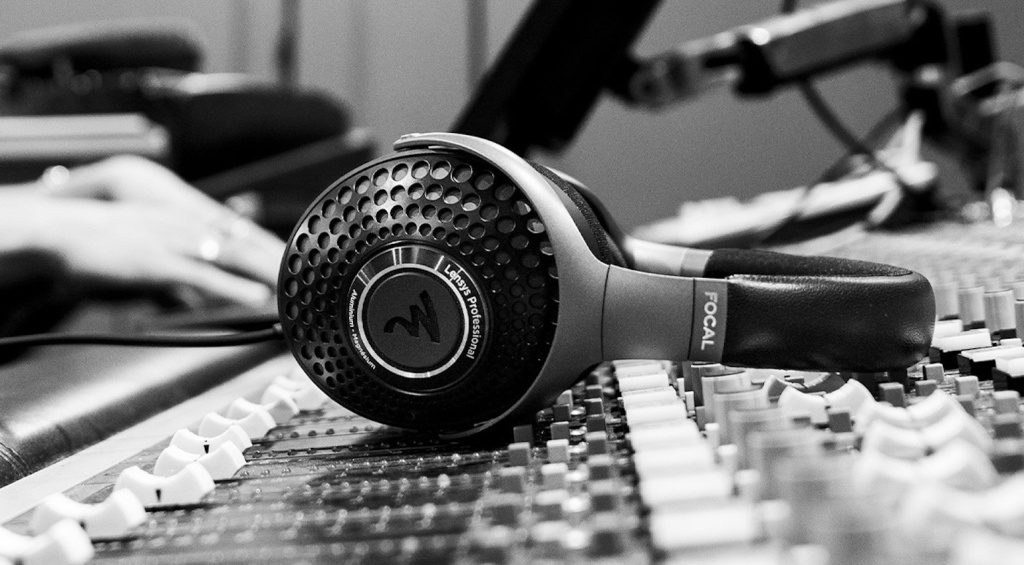
While one could argue that this improves the listening experience, it presents a challenge if you’re new to the idea of mixing on headphones. Another key difference between these two monitoring mediums lies in how the stereo image is perceived.
Due to the proximity of headphone drivers to our ears and the way our brains process the information, the apparent stereo-masking effect we experience with loudspeakers disappears.
This makes panning particularly tricky to judge on headphones, so it can take a while to acclimatize yourself. However, by experimenting with the panning of a single instrument in your DAW, you can get your ears used to the sensation.

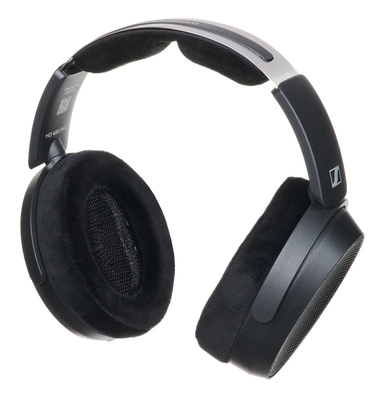
Mixing on Headphones: Closed-back vs Open-back
One of the first decisions you’ll be confronted with on the quest to find yourself a decent pair of mixing headphones is the choice between closed-back and open-back headphone designs. While you will find incredibly neutral closed-back headphones that yield amazing results, the general rule of thumb is that open-back or semi-open designs are better suited for mixing applications.
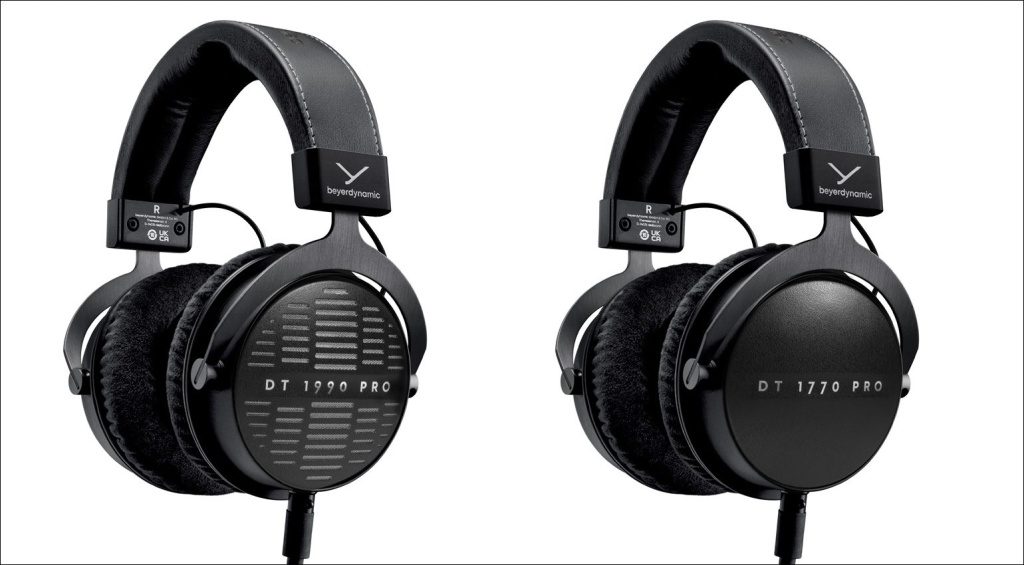
The main reason for this is that the sealed acoustic chambers used in closed-back designs tend to exaggerate bass. As low-frequency content is omnidirectional, open-back designs allow the low-end to pass through naturally rather than being reflected inside the chamber and resonating.
The isolation properties of closed-back designs allow you to focus in noisy environments, offering minimized headphone spill for recording, and even letting you work while your partner is asleep in the same room.
However, regardless of the pros and cons, your choice will come down to personal preference. While the popular YouTuber Michael Wynne from In The Mix (who usually gives sensible advice) prefers open-back headphones for mixing, Andrew Schepps, the world-renowned mix engineer uses MDR-7506 (closed-back) without any calibration software or crossfeed processing.

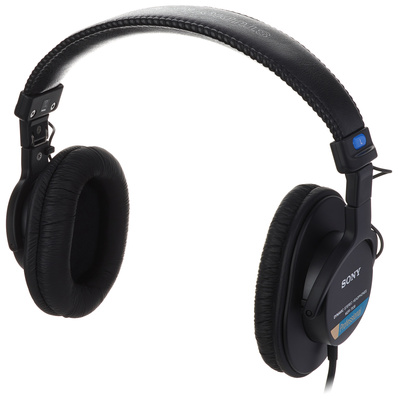
Mixing on Headphones: Impedance
Headphone impedance, rated in ohms, is also a factor worth considering when choosing a set of headphones for mixing. In the context of headphones and microphones, the higher the impedance rating, the more discrete gain is necessary to power the device at an optimum level.
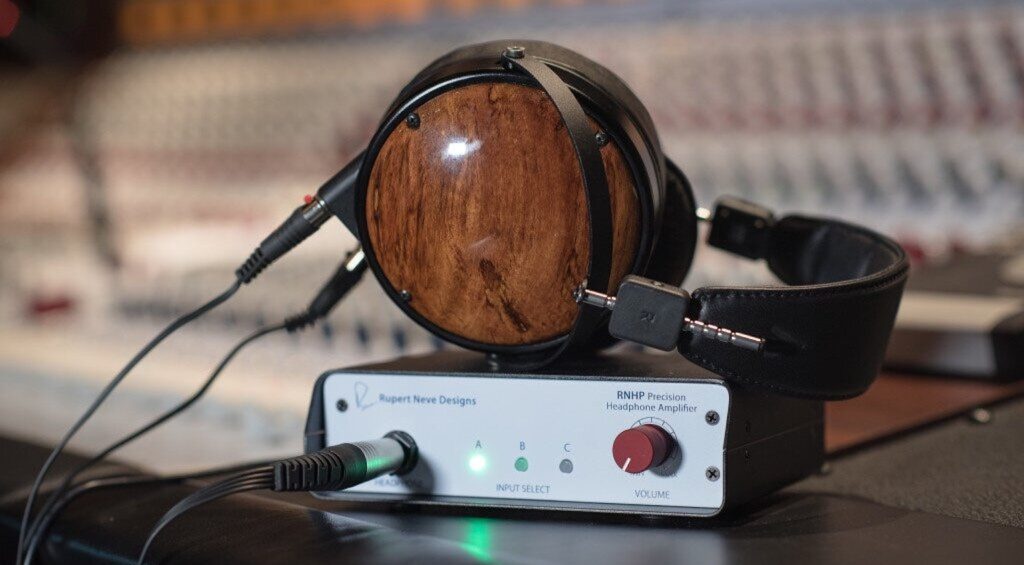
What this means is that a 250-ohm pair of headphones won’t be powered adequately by the average consumer audio device. Instead, you’ll need an audio interface with a decent headphone amplifier or a dedicated headphone preamp like the Little Labs Monotor, the RND RNHP, or the Lake People G103.
If you’ve been lucky enough to work at a pro studio and hear a pair of 600-ohm headphones plugged into the console, you’ll know how big the difference can be compared to working on the average pair of headphones running directly into your laptop.
With this in mind, if you plan on using your headphones for more than just mixing, you’re probably better off with headphones that have a lower impedance rating (80 ohms or lower).

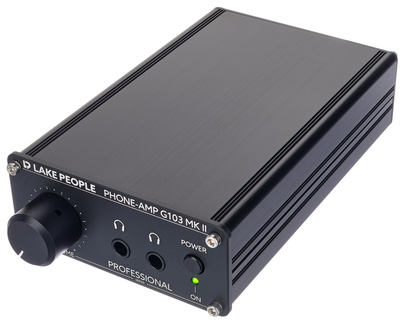
Mixing on Headphones: Getting Started
Once you’ve settled on a pair of headphones, the next step is to become more accustomed to its frequency response and overall sonic characteristics. You’ll find that having an easily replaceable and affordable set of headphones that you know like the back of your hand is priceless compared to spending $1000 on the best headphones and preamp you can find.
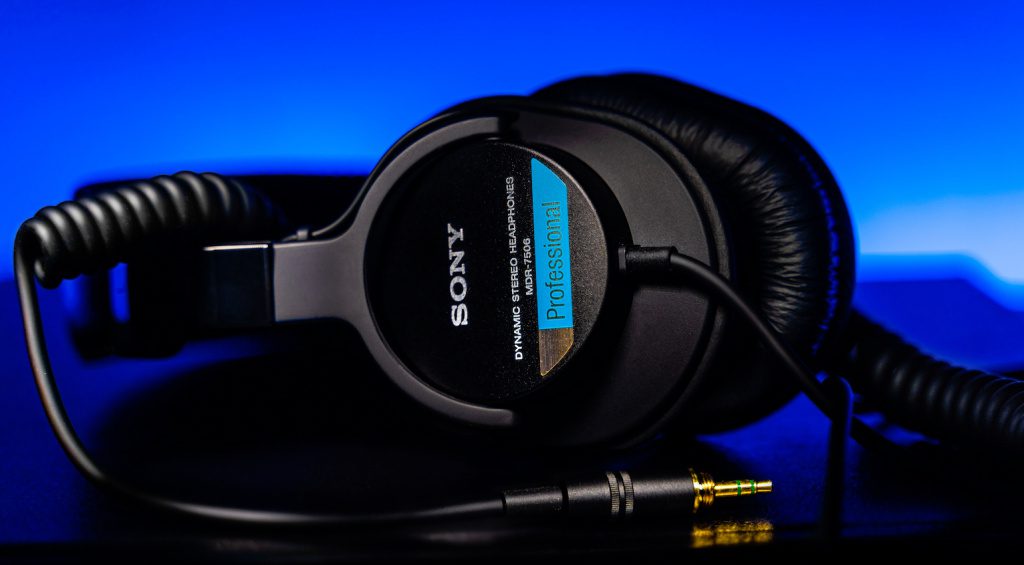
Start by listening critically to your favourite records and pay attention to the way that critical elements come across in the mix. You’ll notice that the finer details such as reverbs and cymbal decays are far more pronounced than how they come across on loudspeakers.
Here, it’s important to get a feel for the space the that low end is occupying in the mix as well as the vocals. When comparing headphones to loudspeakers, try to note five key differences when playing back each of your favourite reference tracks.
Overall, you’ll notice that midrange elements have more clarity, and the mix is far wetter (processed with effects) on headphones than it first appears on loudspeakers. Once you start working on your own mixes, you’ll quickly find that you need to compensate for the way that headphones accentuate the mids and bass to achieve a balanced sound that translates.
Mixing on Headphones: Calibration, Modelling, and Processing
To help you adjust to mixing on headphones, there is a range of tools you can use to bridge the gap between the different mediums. While these are not essential, they can save you the time it takes to cross-reference between headphones and studio monitors.
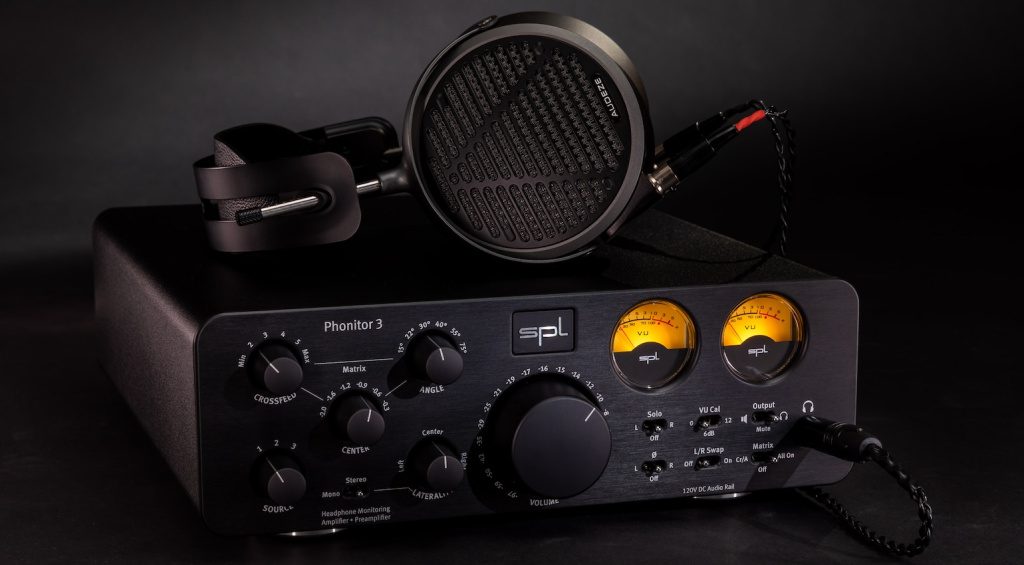
Headphone calibration plugins can model the frequency response curve of your studio monitors, and they can also simulate acoustic spaces including a range of professional studios.
In addition, headphone preamps like the SPL Phonitor have a crossfeed matrix that allows you to adjust the amount and angle of the crossfeed from the left and right channels to give you a clear picture of what your mix sounds like on loudspeakers.
While these tools can be extremely useful in your mixing workflow, they certainly are not a substitute for experience. There are no shortcuts to mastering the art of mixing, so be willing to put in the time if you want to get better results.

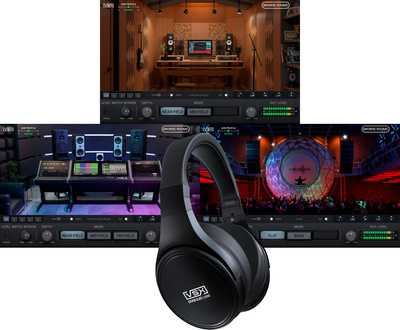

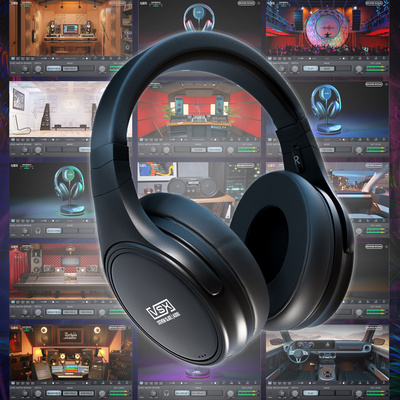
More about Mixing on Headphones:
- Read about Mixing on Gearnews
- Thomann’s Guide to Headphones
*Note: This article contains affiliate links that help us fund our site. Don’t worry: the price for you always stays the same! If you buy something through these links, we will receive a small commission. Thank you for your support!
3 responses to “Mixing on Headphones: Myth or Masterplan?”

 4,3 / 5,0 |
4,3 / 5,0 | 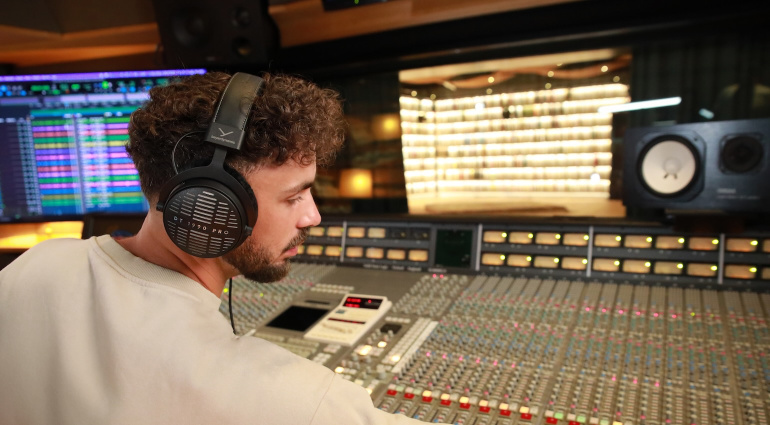


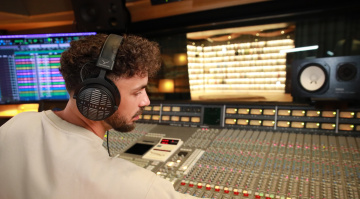

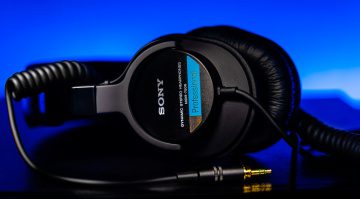
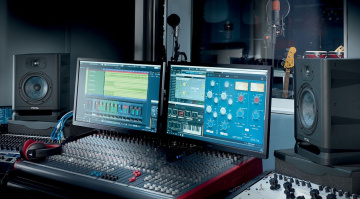
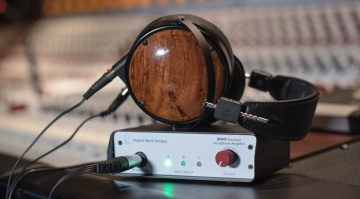
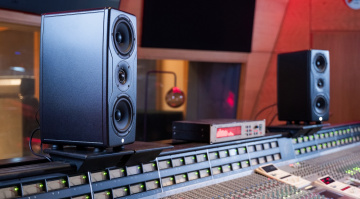

Been doing mastering on the same pair of falling-apart headphones for many years. Long term use comfort is probably most important. Good headphones or not, use a reference track! If your mix or master is in the same rough area as the reference, it doesn’t matter so much which headphones you’re using. And sometimes, even if you have excellent phones, it’s a good idea to check your mix against a reference with a pair of cheap, shit ones, because that’s what most youngsters will listen on. Ours are ancient £150 AKG ones that rattle and vibrate and have the foam hanging off, but maaaaan, they’re very comfortable to wear for many hours of mastering.
I concur. I’ve been using Sony’s for years, and prior to that I was using an old AKG pair.
Been using Sennheiser HD600 ever since they came out, sold my NS10M set and Alesis RA100 many years ago, never missed them, still have my Mackie HR624 MK1 monitors, but rarely use them, – they are much better than the NS10M though, for me anyway, as I find the 624 are better for the kind of heavy electronica I dabble in.
Also have a pair of HD650, just for checking bass buildup in the lower frequencies when mixing, but mostly I prefer the HD600.
They have a very open sound that never gets tiring, and they are really light and comfortable, yeah there are probably better headphones out there now, but I just know the HD600 so well, and they sound many times better than the DT770/880/990 pros, etc, if which all I’ve owned over the years.